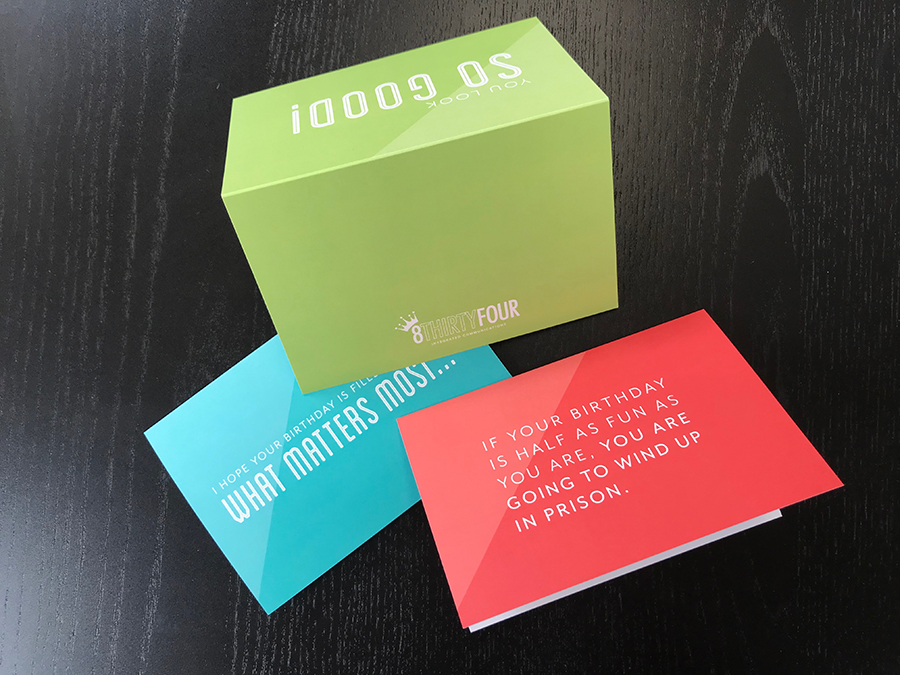
It’s all about the hustle
PR seems like a sexy field, am I right? If your older like me, then you think of Samantha from Sex in the City and

PR seems like a sexy field, am I right? If your older like me, then you think of Samantha from Sex in the City and

The most important relationships in your business are the ones you already have. We spend so much time searching for the next big thing, new

The use of social media is a hot topic around our office lately. We have a social media policy at 8THIRTYFOUR, it is all of

I had a friend pose a question to me this past week on the future of social media. Will it remain an important tool for

Public relations can only do so much. PR practitioners can build brand awareness, attract attention to new products, manage a crisis and so much more.

Is your logo outdated and no longer relevant to your customers? Do you even know how your brand is perceived? A brand’s mark can be

This time of year, a lot of companies will reach out to us in an effort to incorporate marketing into their strategy for the new

834 was set up to be an integrated communications agency, which means we can manage all your needs under one roof. We build a strategy,

When we recommend communication activities for our clients and outline tools, tactics and timeline; one of the most common responses we hear: “We don’t have

As we gear up for another week of media announcements, press conferences, media training and pitching, I wanted to share some tips on media preparation.

